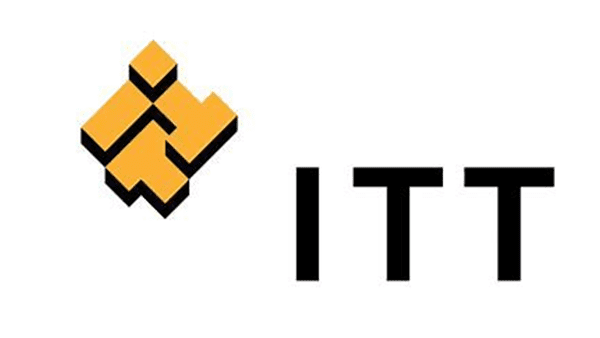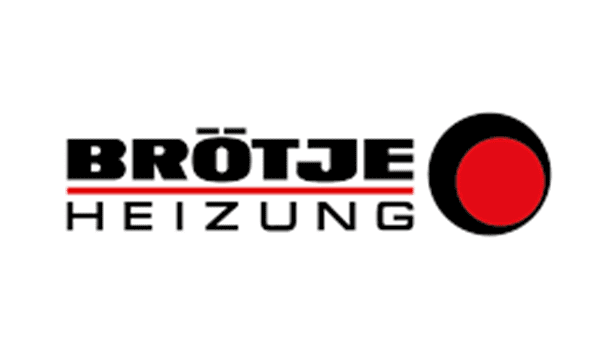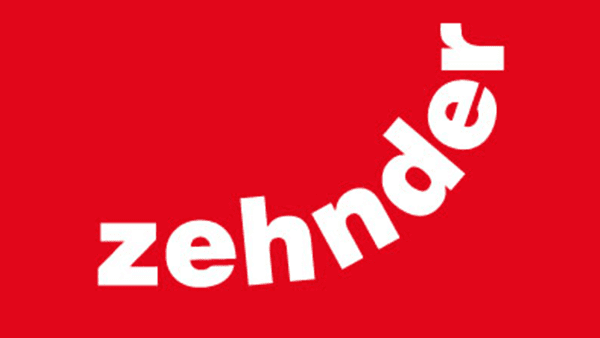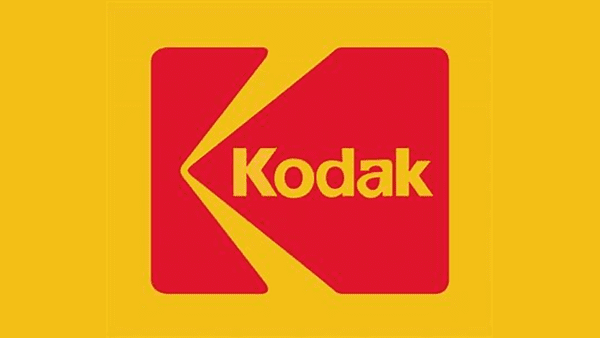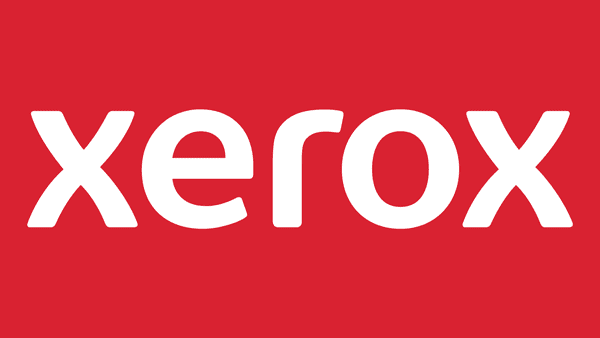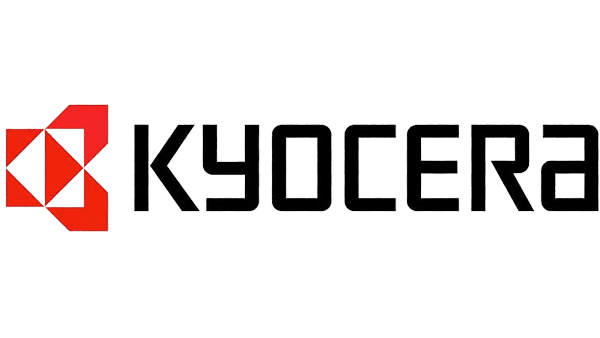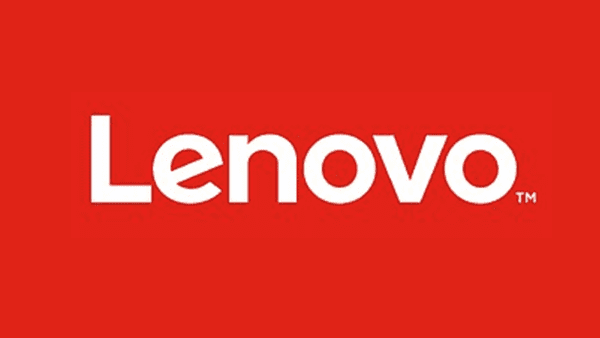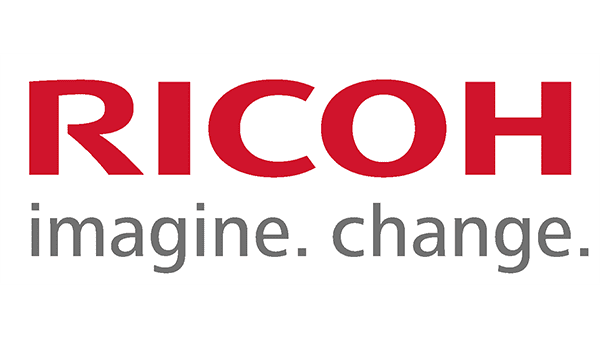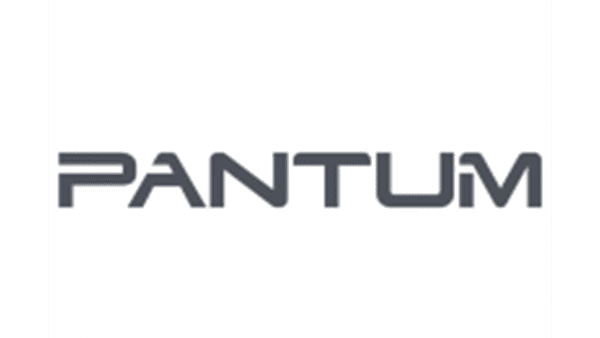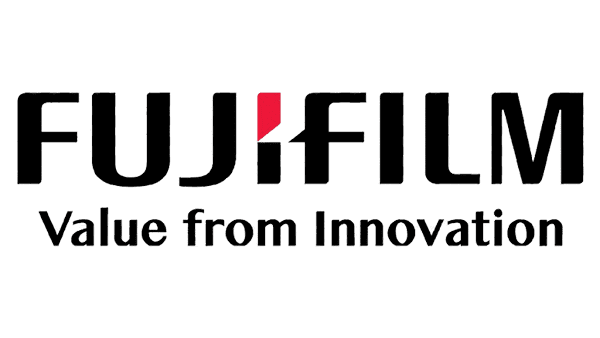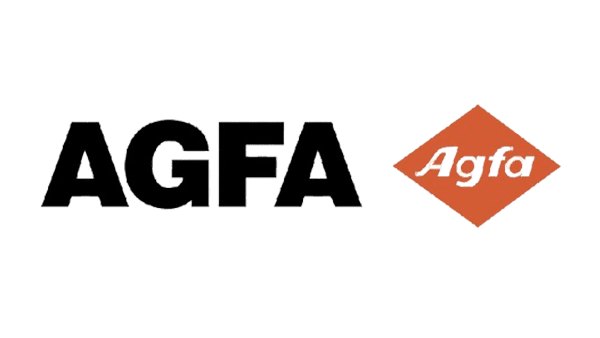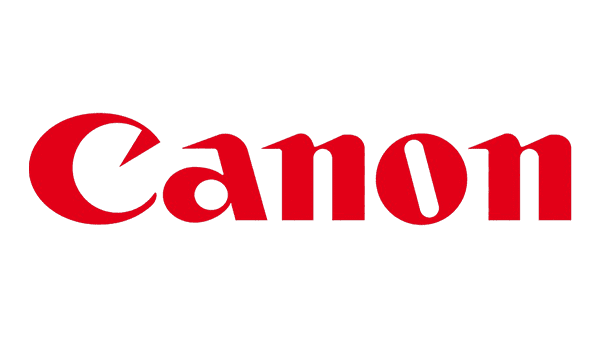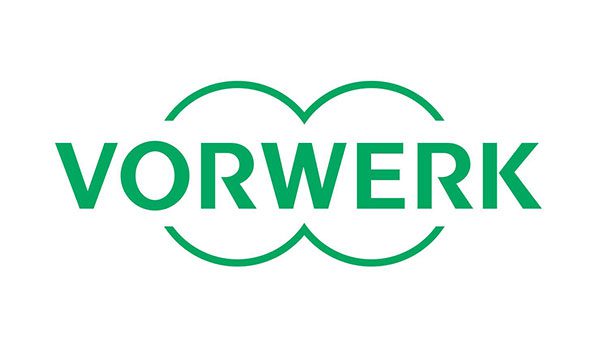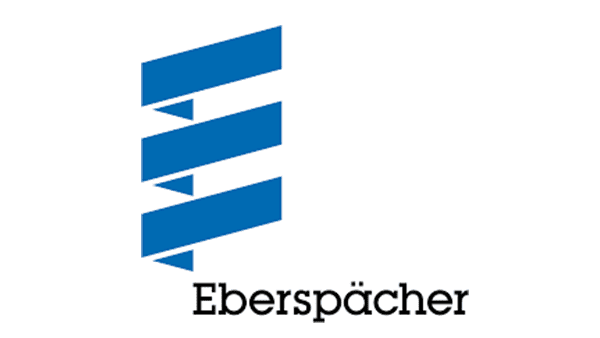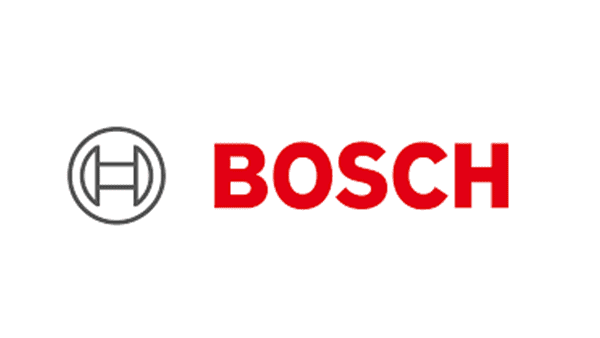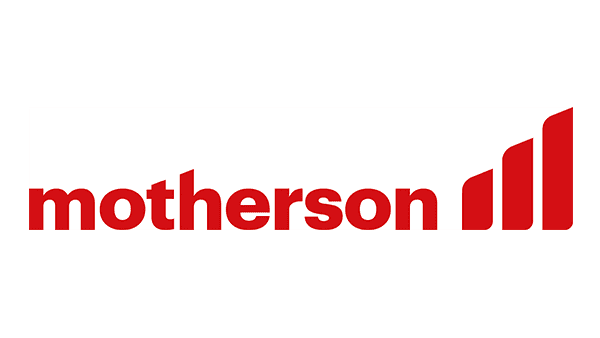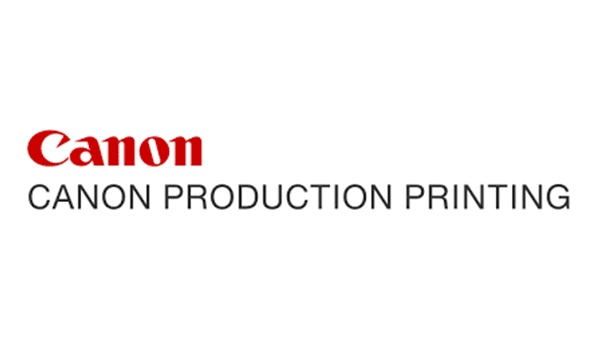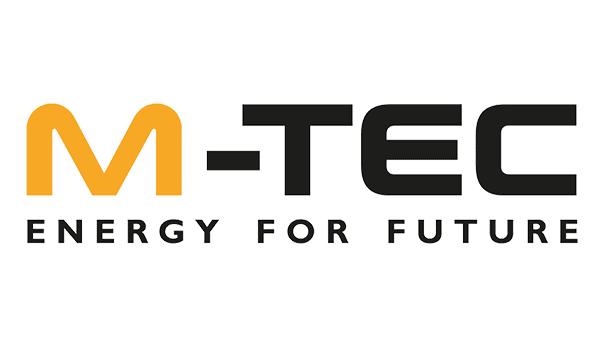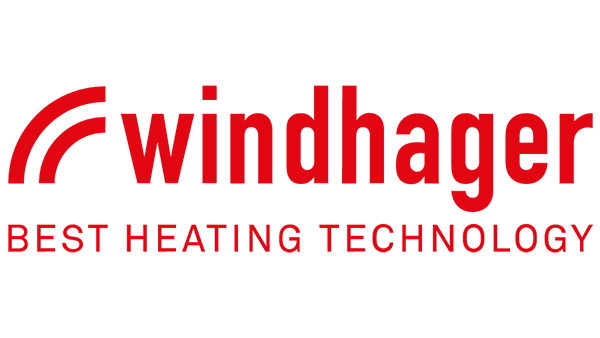Thermal Systems Insulation (TSI) is a critical component in managing and maintaining the efficiency of heating, cooling, and mechanical systems. Think of TSI as a thermos for your hot beverages. Just as a thermos keeps your drink at the desired temperature by preventing heat from escaping or entering, TSI materials help maintain the optimal temperature within heating and cooling systems.
TSI involves using materials designed to reduce heat transfer, thereby controlling heat loss, heat gain, or condensation within systems such as pipes, boilers, and HVAC units. It plays a crucial role in enhancing energy efficiency, reducing operational costs, and extending the lifespan of equipment.
By controlling heat loss, heat gain, or condensation, it ensures systems run smoothly and safely. Materials used in TSI, such as fiberglass, mineral wool, and advanced polymers, are chosen for their specific insulating properties and durability. Incorporating TSI in industrial and commercial settings demonstrates a commitment to operational efficiency and environmental responsibility.
This article delves into the essentials of thermal systems insulation, covering its definition, types, materials used, and common challenges. You’ll learn about the process of insulation, its importance in energy efficiency, and the substantial cost and environmental benefits it offers for a business or facility. Let’s discover how effective insulation can transform industrial operations.
Types of Thermal Insulation Systems
Thermal insulation systems are vital for maintaining energy efficiency and performance in various industries. Let’s explore the different types of thermal insulation systems, their applications, and the benefits they offer.
HVAC Insulation
In HVAC systems, insulation is essential for reducing energy consumption and enhancing indoor comfort. By minimizing heat transfer, insulation helps maintain the desired temperatures, reducing the workload on HVAC units and cutting down energy costs. It also reduces noise pollution, which is crucial for maintaining a comfortable indoor environment.
Custom die-cut products can fit specific HVAC components, ensuring efficient insulation and minimizing thermal bridging.
Hot Water Tank Insulation
Hot water tanks are major energy consumers in commercial buildings. Insulating these tanks with hot water tank insulation jackets minimizes heat loss, improving efficiency and reducing energy consumption.
High-quality insulation materials provide superior thermal resistance, extending the system’s lifespan by reducing wear and tear. This ensures hot water systems remain efficient and cost-effective over time.
Compressor Insulation Jackets
Compressors generate substantial heat during operation, making compressor insulation jackets crucial for maintaining consistent temperatures. These jackets prevent heat loss, ensuring optimal compressor performance and reducing energy consumption.
They are especially beneficial in HVAC systems, where maintaining the compressor’s operating temperature enhances overall system efficiency and longevity.

Materials Used in Thermal Systems Insulation
Thermal insulation relies on various materials, each chosen for its specific properties and suitability for different applications. Understanding these materials helps in selecting the right insulation for your needs.
- Fiberglass is one of the most common insulation materials, made from fine glass fibers. It’s widely used due to its excellent fire and moisture resistance, making it ideal for HVAC systems and building insulation. Its structure traps air, providing effective thermal and acoustic insulation.
- Mineral Wool, composed of rock or slag, is highly resistant to heat and sound. This material is often used in industrial settings where high temperatures are a concern. Its dense structure also helps in noise reduction, making it suitable for commercial applications.
- Polyurethane Foam offers high thermal resistance and ease of application. It’s commonly sprayed into place, filling gaps and forming an airtight seal. This foam is particularly effective in reducing heat transfer and is used in various industrial and residential insulation projects.
- Polystyrene, a durable plastic, is known for its exceptional insulation properties. It comes in two forms: expanded (EPS) and extruded (XPS). Both types provide strong thermal resistance and are often used in construction, such as insulating walls, roofs, and foundations.
- Reflective Barriers like aluminum foils are used to reflect heat away from spaces that need to stay cool. These barriers are typically used in conjunction with other insulation materials to enhance overall thermal performance.
- Advanced Foams and Non-Wovens such as EPDM neoprene rubber and melamine resin foam offer specialized properties. These materials are used in applications requiring specific characteristics like high flexibility, moisture resistance, or sound absorption.
Each of these materials has unique benefits, making them suitable for different thermal insulation needs. By choosing the right material, businesses can improve energy efficiency, reduce costs, and enhance the lifespan of their systems. For detailed product specifications, refer to Enbi’s thermal insulation materials.
How Does the Thermal Systems Insulation Process Work
The thermal systems insulation process involves applying materials to control heat transfer through conduction, convection, and radiation. These scientific principles are fundamental to how insulation works.
The primary principle here is Conduction, which is the transfer of heat through a material. Insulation materials like fiberglass and foam reduce heat conduction by trapping air within their structures, which slows down the transfer of heat.
The second aspect is Convection, which occurs when heat is transferred through fluids or gasses. Insulation prevents air movement within walls or around pipes, reducing heat loss or gain through convection.
Radiation is the next principle, which is the transfer of heat in the form of electromagnetic waves. Reflective barriers, such as aluminum foils, are used to reflect radiant heat away from insulated spaces, minimizing heat gain.
The insulation process typically involves several stages:
- Assessment: Determining the areas that need insulation and selecting appropriate materials based on the environment and specific needs.
- Preparation: Cleaning and preparing surfaces to ensure proper adhesion of insulation materials.
- Installation: Applying insulation materials, which could involve cutting and fitting batts, spraying foam, or installing reflective barriers.
- Sealing: Ensuring all gaps and joints are properly sealed to prevent air leaks and maximize efficiency.
- Inspection: Checking the installation to ensure it meets required standards and performs effectively.
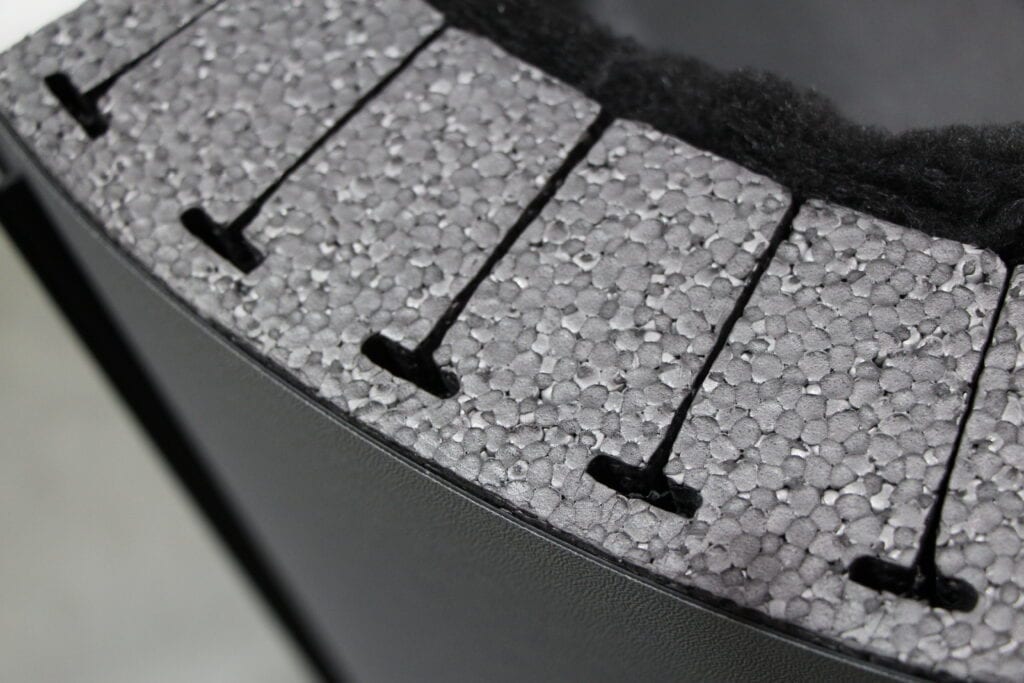
Common Problems in Thermal Insulation
Some of the most common thermal insulation problems include:
- Moisture Intrusion: Moisture can seep into insulation materials, reducing their thermal efficiency and leading to mold and mildew growth. This not only diminishes insulation performance but also poses health risks and structural damage to buildings.
- Improper Installation: Incorrect installation can create thermal bridges, areas where heat easily escapes or enters. These gaps reduce the overall effectiveness of the insulation, leading to increased energy consumption and higher utility bills.
- Material Degradation: Over time, insulation materials can degrade due to exposure to extreme temperatures, UV light, and mechanical stress. This degradation lowers the insulation’s performance, requiring more frequent maintenance or replacement.
- Air Leakage: Gaps or cracks in the insulation allow air to pass through, undermining its ability to maintain desired temperatures. This results in inefficient heating or cooling and increased operational costs.
Enbi provides advanced solutions to these common problems through high-quality materials and precise engineering. Our expertise ensures proper installation and long-lasting performance, addressing moisture issues, preventing degradation, and sealing air leaks effectively.
Why Is Energy Efficiency Important and What Are the Benefits?
Energy efficiency is crucial for industrial operations, offering significant cost savings, a strong return on investment (ROI), and a positive environmental impact. By optimizing energy use, businesses can reduce operational costs and improve their bottom line. For example, implementing thermal insulation in HVAC systems minimizes heat transfer, lowering energy consumption and utility bills.
Long-term savings are a major benefit of energy efficiency. Although the initial investment in energy-efficient technologies like thermal insulation might be substantial, the reduction in energy costs over time provides a high ROI.
Insulating materials such as fiberglass and polyurethane foam not only reduce energy loss but also enhance the longevity of equipment by preventing wear and tear caused by extreme temperatures.
Moreover, energy efficiency plays a critical role in sustainability efforts. By decreasing energy consumption, businesses can significantly lower their greenhouse gas emissions, contributing to global environmental goals. For instance, properly insulated solar-thermal systems reduce heat loss from collectors and storage tanks, maximizing the use of solar energy and increasing overall system efficiency.
Incorporating energy-efficient measures also aligns with government incentives and rebates, which can offset initial costs. Programs that support investments in energy efficiency help businesses manage expenses while upgrading their systems.
Companies that have adopted comprehensive insulation strategies report notable decreases in energy usage and operational costs. For instance, Enbi’s tailored thermal insulation solutions have enabled businesses to enhance their energy efficiency, resulting in substantial cost savings and improved operational performance.
Energy efficiency through proper insulation leads to significant cost savings, a strong ROI, and a reduced environmental footprint. These benefits make it a smart and sustainable choice for industrial operations. For detailed solutions and custom evaluation of how you can improve your operational energy efficiency through thermal insulation, reach out to the experts Enbi.
Frequently Asked Questions (FAQs)
1. What is thermal systems insulation?
Thermal systems insulation involves materials used to reduce heat transfer in HVAC systems, pipes, and industrial equipment, enhancing energy efficiency and operational performance.
2. Why is insulation important for HVAC systems?
Insulation minimizes heat loss and gain, ensuring HVAC systems work efficiently. This reduces energy consumption and costs, while also improving indoor comfort by maintaining consistent temperatures.
3. What materials are commonly used in thermal insulation?
Common materials include fiberglass, mineral wool, polyurethane foam, and polystyrene. Each material is selected based on its thermal resistance, durability, and specific application needs.
4. How does insulation contribute to energy efficiency?
Insulation reduces the workload on heating and cooling systems by maintaining desired temperatures, which lowers energy consumption and utility bills. It also helps in reducing greenhouse gas emissions by improving overall energy efficiency.
5. Can thermal insulation help with noise reduction?
Yes, certain insulation materials like mineral wool and fiberglass also provide acoustic insulation, reducing noise pollution and improving the comfort of indoor environments.






